As the fall racing season winds down for some athletes, skimo athletes are just starting to gear up for their season! Skimo, an abbreviation for ski mountaineering, is a dynamic winter sport combining skiing and mountaineering. Team Injinji Athlete Gwen Rudy is no stranger to the sport – she has been racing in high-level skimo competitions since 2019. Her passion for skimo racing fuels her journey to conquer new challenges and new terrain. Dive into her journey on the slopes and learn her advice for trying something new.
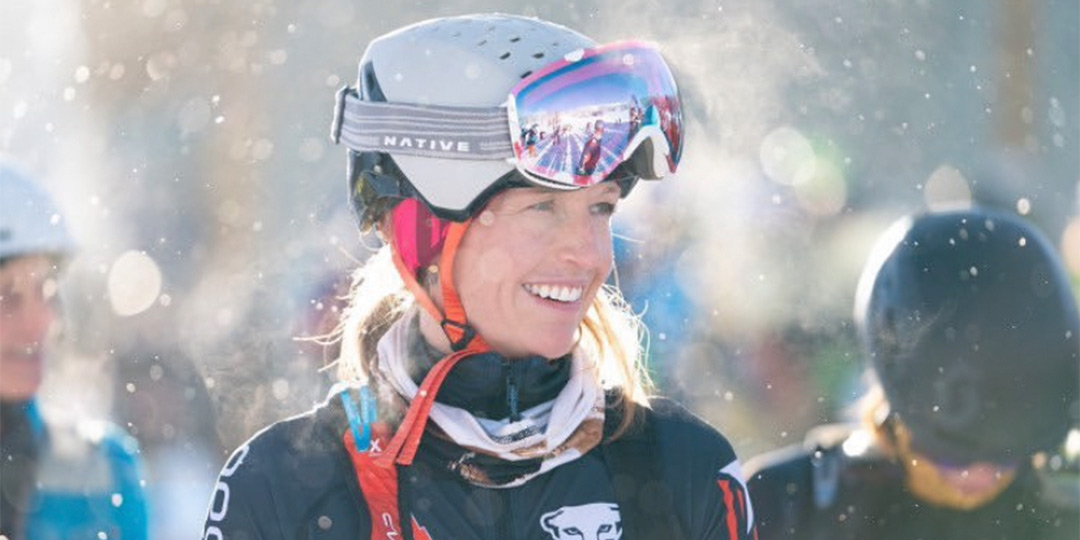
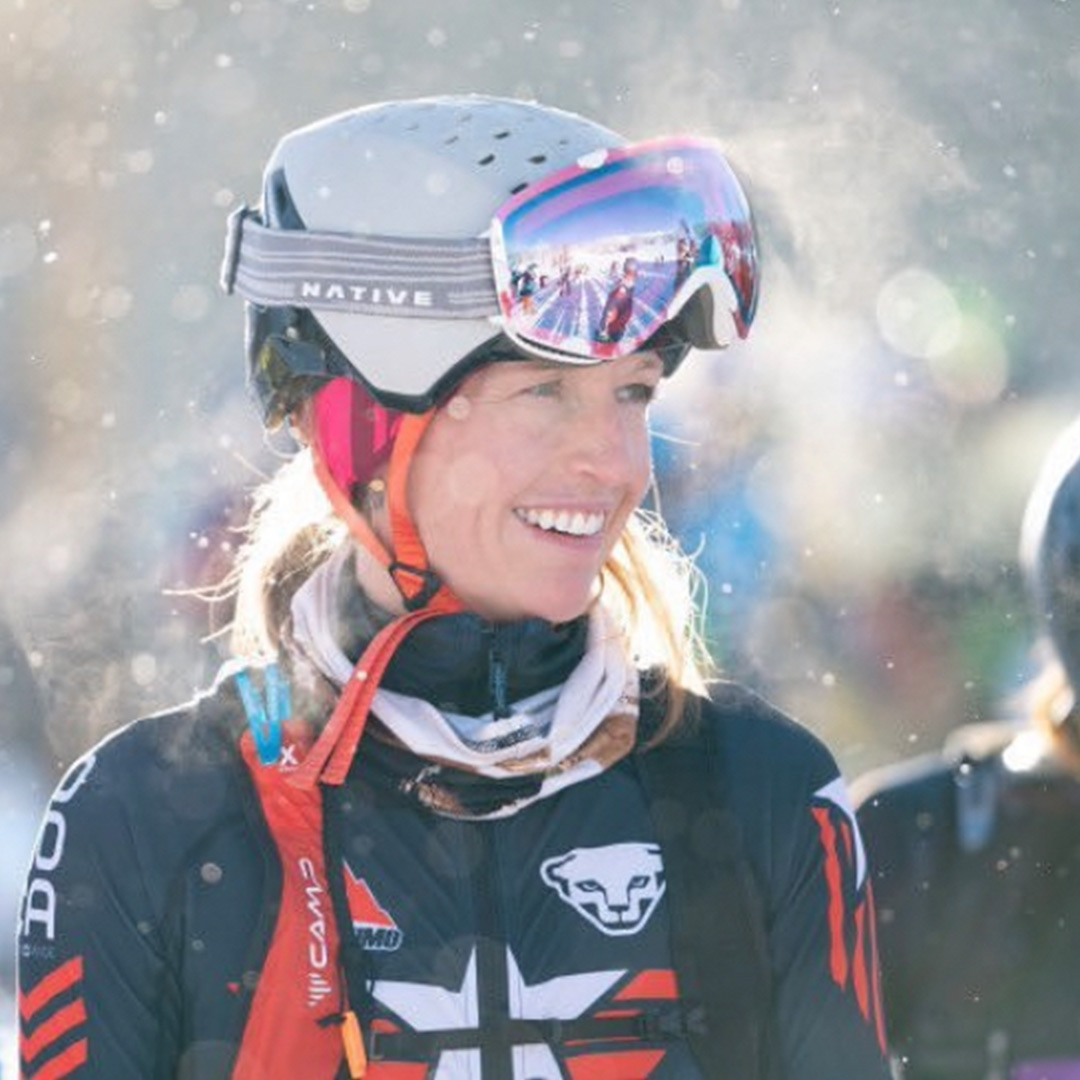
Can you introduce yourself, and share a bit about your background with skimo?
My name is Gwen Rudy, and I am a member of the USA Skimo National Team. I grew up skiing as a young child. I was homeschooled in the third grade, and my parents let us spend weekdays at the Hoodoo Ski area in Oregon. My parents bribed us with skiing in exchange for finishing pages in our math books, and it worked. In 2017, I decided to jump into an avalanche safety course because I knew I wanted to get into backcountry skiing, but wasn't sure exactly where to get started. I traded a used pair of running shoes for an old backcountry touring setup with my sister. They were a pair of bricks. The setup was heavy and hard to ski on! I skinned out the first day of class and had a blast until I realized I had to ski down at the end of the day—that was not pretty and way harder than I anticipated.
In 2019, I moved to Leadville, Colorado full-time and started working with a coach to reach goals in trail and ultra-running. However, running through the winters in Leadville is rough, and the routes are very monotonous. Skiing became a natural progression to continue building trail running fitness in a more exciting way while living in a place with eight-month long winters. I entered my first skimo race on my heavy skis, notoriously called the "Beavers" around town. They are the free ski for any friend wanting to try to walk uphill, but honestly, they are so heavy that they are not fun and usually ruin anyone's first outing. The first skimo race I ever did was on the Beavers. It was so hard, but I was hooked. I knew I wanted to get lighter gear and go faster, but entry into the sport is overwhelming. Light racing gear is very expensive. People show up wearing spandex in snowstorms in frigid temps, and the race scene can feel very intimidating. That season I found a used race setup I could afford and entered USA Nationals as my first race in the gear. I got seventh in the vertical that year and was all in!
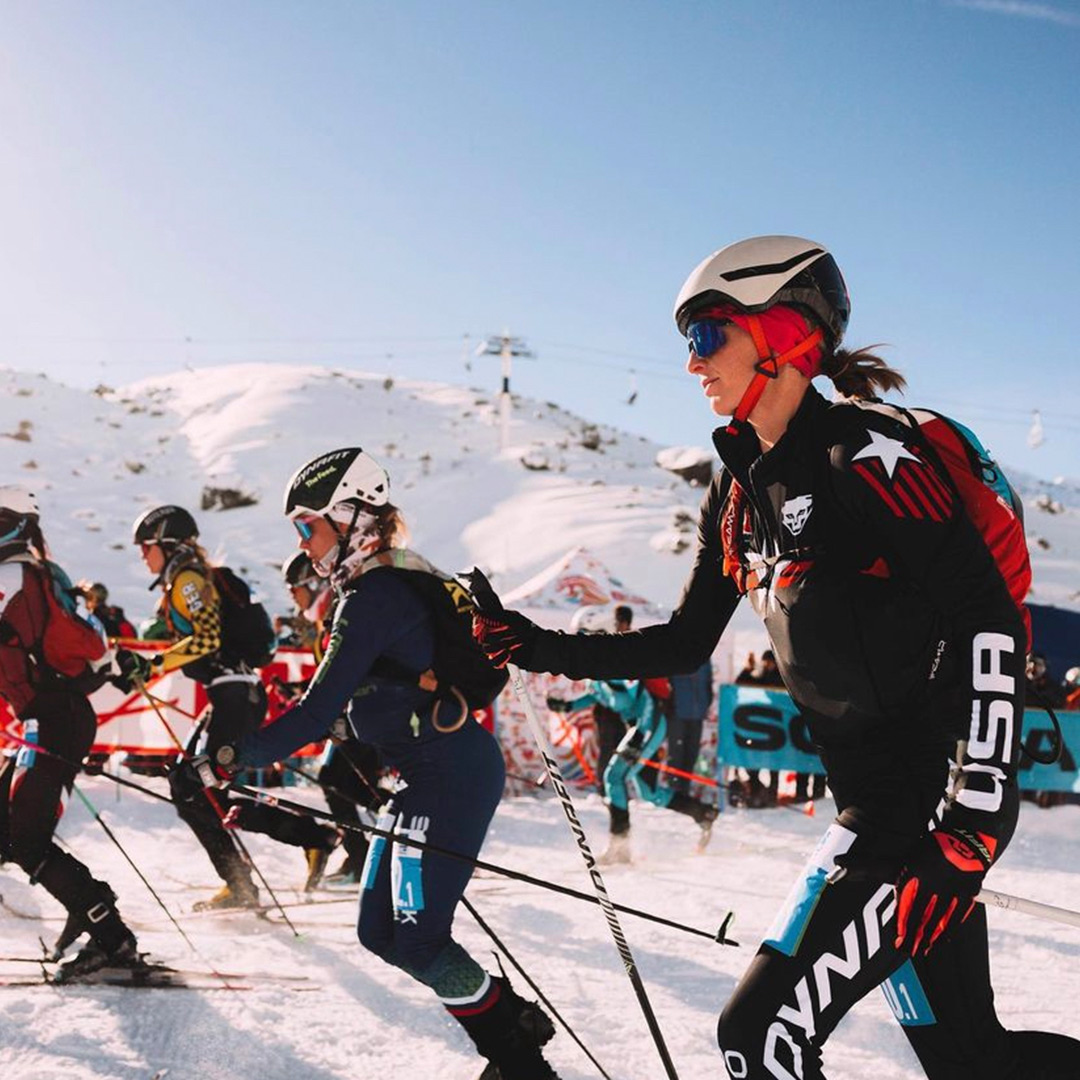

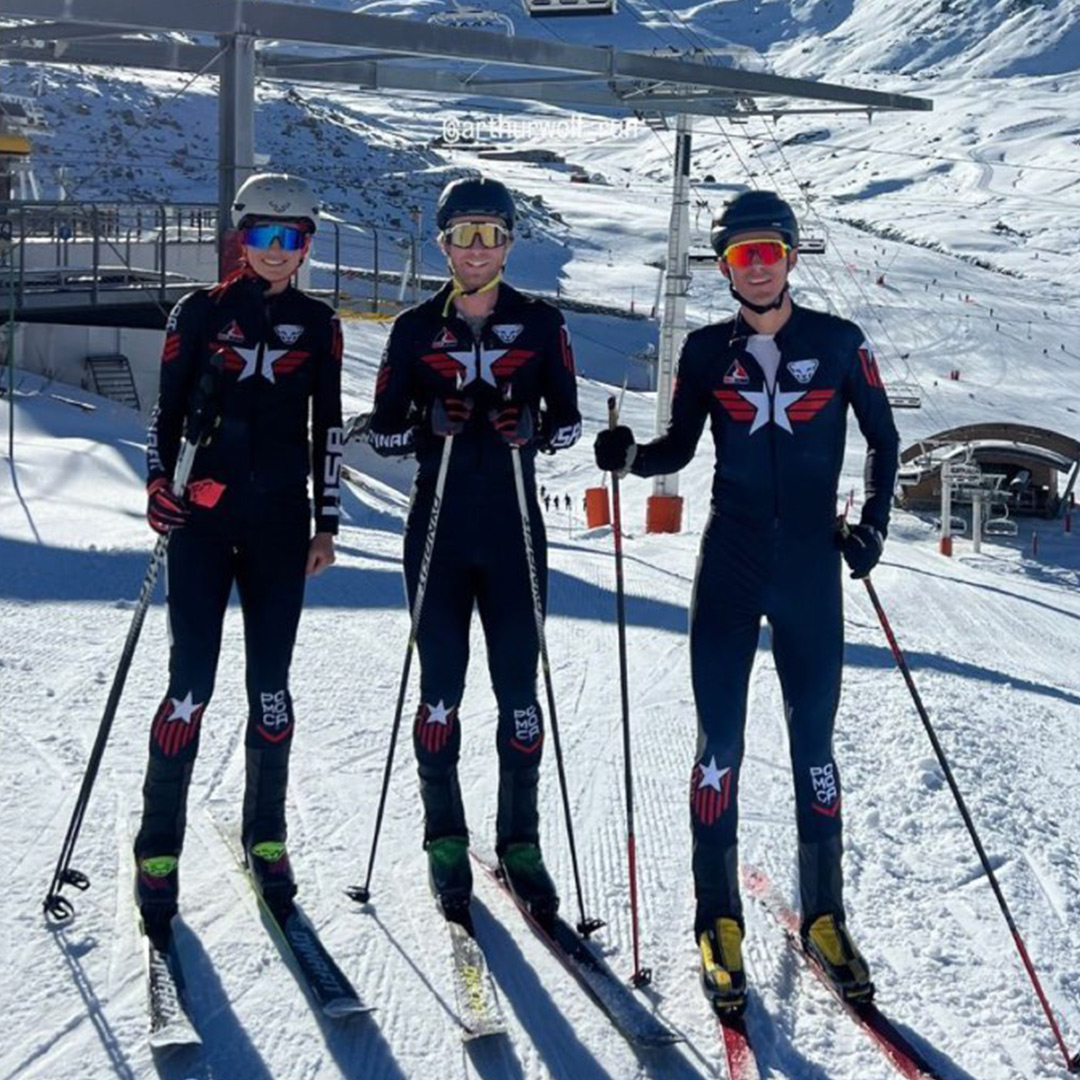

What exactly is skimo, and how does it differ from other winter sports?
Skimo, short for ski mountaineering, involves skinning up a mountain and skiing back down. Skinning is what we call walking uphill with skis on. We have one-way fur grips with glue on the bottom that stick to the bottom of skis and allow us to walk uphill. There are different events in skimo: the individual, vertical, sprint, and now mixed-gender relay.
- Individual: The individual is usually the favorite and most popular event in skimo. This involves following flags up, down, and all around a mountain for multiple transitions of skinning up and skiing down, and throwing your skis on your pack to boot pack. These events typically take the top finishers 90 minutes and are around 3,500-4,500 feet of climbing.
- Vertical: The vertical is a race from the bottom of a ski run up to the top. There is no skiing involved; it is a pure fitness test of how fast you can get up the mountain.
- Sprint: The skimo sprint is a three to five minute course that condenses all skills into a fast sprint. Typically, you start on a flat pitch and then hit a steep hill where you run through diamond-shaped obstacles and maybe kick-turns. You then get to your first transition, remove your skis, put them on your pack, and run up snowy steps as hard and fast as you can. At the top, you put your skis back on and continue skinning to the top transition where you remove your skins and race downhill through tight gates. Sometimes they throw in a small jump, which is exciting. The course flattens out and forces you to skate to the finish. This event throws all skills in the sport into three to five very hard minutes!
- Mixed Gender Relay: The mixed-gender relay is a longer sprint that you do twice, tagging off a partner of the opposite gender. It's very fun and challenging.
The Skimo Sprint and mixed-gender relay will be at the 2026 Olympic Games in Milan!
What motivated you to pursue high-level skimo competitions? How long have you been competing?
As a trail runner, my strength was always moving uphill. I was never a fast runner with great form, but moving efficiently uphill was always my favorite part of trail running. Once I realized that was essentially skimo, plus the excitement of going downhill at the top, I was hooked. I honestly didn't know much about skimo until I started racing three years ago. This is my first year on the USA National Team.
Could you share what your training looks like while preparing for competitions?
When training for skimo, I still maintain running fitness because I love both sports and I think they are mutually beneficial. In the winter, I do ski workouts two days a week. This is typically 90 mins, including a warm-up, some sort of short or longer intervals or a combination of both, and a cool down. Typically, vertical gain is measured over miles by skimo athletes. On the other days, I do a 45-60 minute run and usually an easy 60 min skin. Weekends are all about easy volume! Mondays are always rest days! A few days a week I also add in transition practice. This is boring but necessary. Essentially, I practice putting my skis on and taking them off, I practice putting them on my pack, taking them off my pack and back on. This training is mostly for the sprint event because every stumble makes the seconds add up and you can't afford this in a three-minute event. I typically add in two gym sessions a week where I focus on single-leg presses, squats, deadlifts, and lat pulldowns, all very specific to the sport. I also do a lot of box step-ups and jump lunges, like a lot.


Does your nutrition and recovery routine during skimo training differ from other sports?
My nutrition and recovery aren't very specific. The hard part about skimo is that most ski resorts do not allow skinning past 8:30 in the morning, so this sport involves many early mornings! I also think training in the cold burns a lot of calories, and I find myself very hungry during the ski season, even more so than running 60-75 miles a week in the summer months. The cold really burns calories and works up an appetite. I eat all food groups. I also love practicing my European diet of cheese and bread to prepare for world cup racing! I am a fan of Athletic Greens; it is my main dietary supplement that I believe keeps my immune system healthy all winter long. Because skimo races are often shorter races, recovery is fairly easy. It is easy to race a bunch and continue training through the week. It is also very low impact, so it is easy to put in high volume and feel very good.
What are the toughest or most challenging aspects of competing?
I think the hardest part of competing is the cold air! I have had to visit pulmonologists to help me find inhalers that allow me to breathe and race. I never had asthma or needed an inhaler until I started skimo racing. The very cold temps in combination with fast and hard efforts have given me exercise-induced asthma. On another note, competing is hard because there are not very many races in the USA, and qualifying for the national team requires a lot of travel to hit criteria. The sport is also very expensive between gear and travel, so it is not always easy.
Do you have a favorite skimo competition or a particularly memorable moment from your competitive experiences? What made it special for you?
My favorite skimo competition is the Powderkeg. It is typically USA Nationals, and this year will also be North American Championships. The course is so much fun to race, the powder is good, and the event is very well organized. I also had a lot of fun racing the Caldera Burn in Mammoth, California last year. The course was so much fun, and Mammoth is a beautiful place to race.

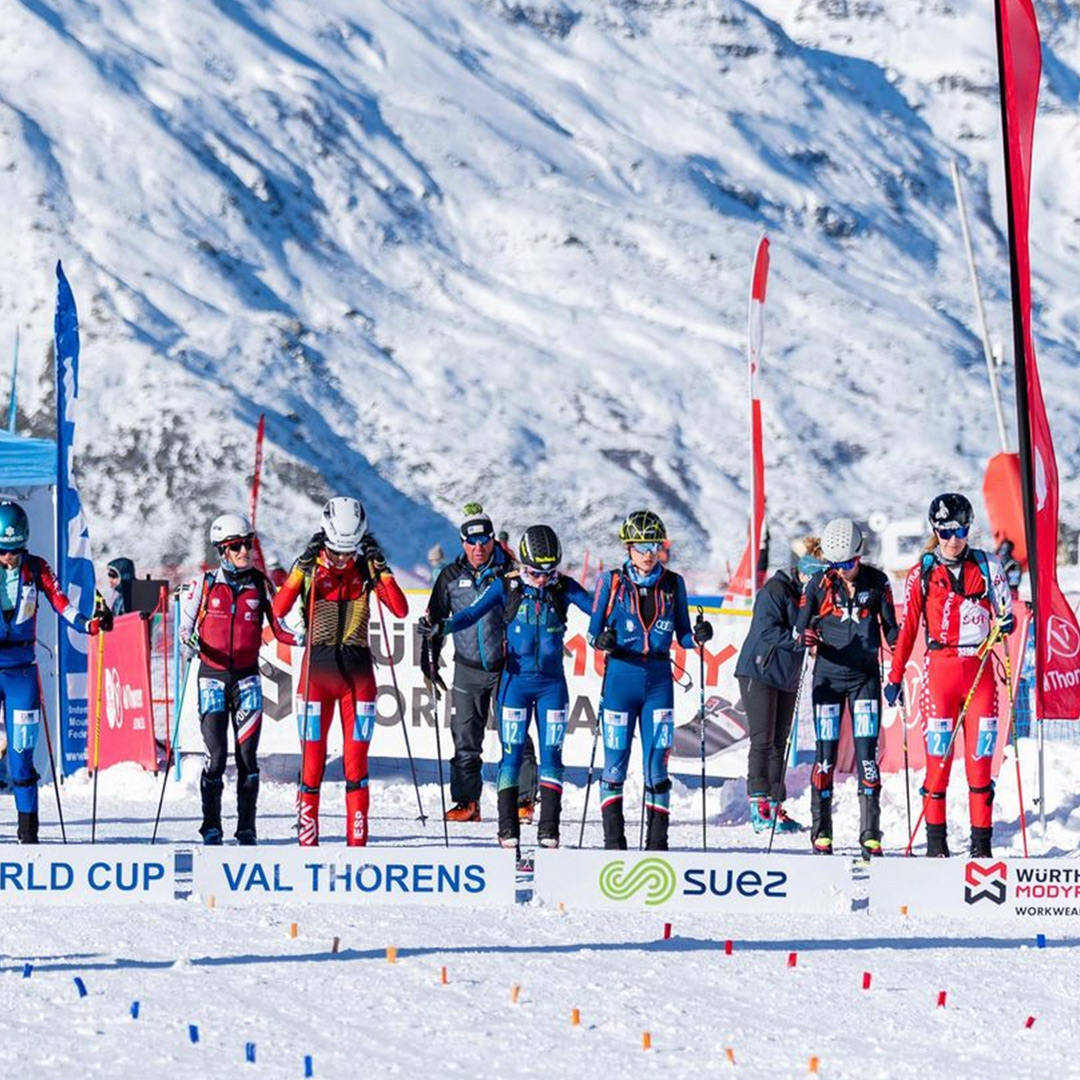
What type of gear do skimo athletes use for training and competing? What types of Injinji socks do you like to wear?
Skimo gear is specific and can be intimidating to pick out because it is expensive and a significant investment. I race in the Dynamite DNA by PG ski boots, the DNA Skis, ATK bindings, and Pomoca skins. Having a soft or hardshell with skin pockets is also crucial for training and racing. It is important to have a race-specific pack that allows you to attach your skis to it for the boot packs. During the winter, my Injinji sock of choice is the Boot Original Weight OTC, in neon, of course! The neon looks really nice under our national team race suit!
If you could share one piece of advice for athletes interested in getting involved in skimo competitions, what would it be?
My biggest advice is to just show up and try it. I think it can be an intimidating sport to try out. The gear is so precise, and the thin, tight spandex in cold temperatures doesn't necessarily make sense and feels silly. However, no one is judging you if you show up on a backcountry touring setup because that is all you have. Try it out, and if you love it, the gear and upgrades will follow! One of my first races ever was the Audi Power of Four; I showed up in a full-on backcountry touring setup. My partner and I DNFed, and the second year DNFed again! Now that I own the light gear, I am very impressed with how far we made it hauling hefty gear. Even though we DNFed, it was still so much fun, and we just kept getting better, faster, and stronger each season. So, my advice is just show up and try it out; it is so worth it!
Gwen’s story inspires athletes to overcome the intimidation factor and try something new! Whether you’re rocking neons like Gwen or going for a more subdued color, grab a pair of Injinji socks and hit the trails (or the slopes!)








